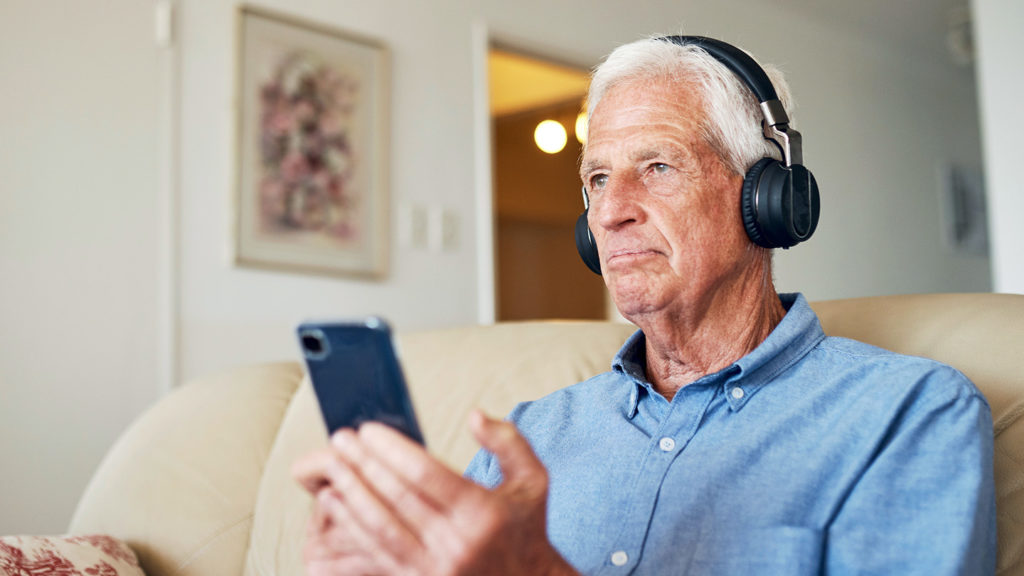

For senior living and care providers with residents living with dementia or at risk for it, an ongoing concern is making sure entertainment and tech options are balanced by an active, socialization schedule.
A new study adds quantifiable data to the existing body of material warning about older adults’ sedentary lifestyle and the associated risks.
The risk of dementia for seniors increases “significantly” among those who spend 10 hours or more sitting in front of a TV or computer, the researchers warn.
Approximately 750,000 nursing home residents have some form of dementia, which comprises roughly 40% of the total number of older adults overall in the US who have cognitive impairments, Harvard University data show. And 42% of US assisted living residents are living with dementia, according to the Center for Disease Control and Prevention’s National Center for Health Statistics.
The new retrospective study looked at almost 50,000 older adults in the UK who wore wrist accelerometers; none of the participants had dementia at the time the study, which began in 2013. Overall, the study lasted until 2015.
The time of the day, or whether those sedentary periods were broken up or continuous, did not matter as much as the total accumulated hours of relative inactivity, the researchers said.
The report, which was published last week in JAMA, includes the heavy qualification that “future research is needed to determine whether the association between sedentary behavior and risk of dementia is causal.”
Although sitting for long periods of time may not be healthy, the activity one does on a computer, and how stimulating it is (such as puzzles), also has an effect on the risk for dementia, other studies show.
Other similar studies frame the concern in the opposite manner, citing the positive benefits of activity among older adults, something that can be encouraged with wearables.
Many senior living communities are aware of the concern and have adopted novel technologies that offer new forms of entertainment while dodging the risks of sedentary lifestyles.
Some examples include Tovertafel’s “magic table” that projects items from a ceiling console for memory care residents, or headphones that let seniors dance at a “silent disco” party.


